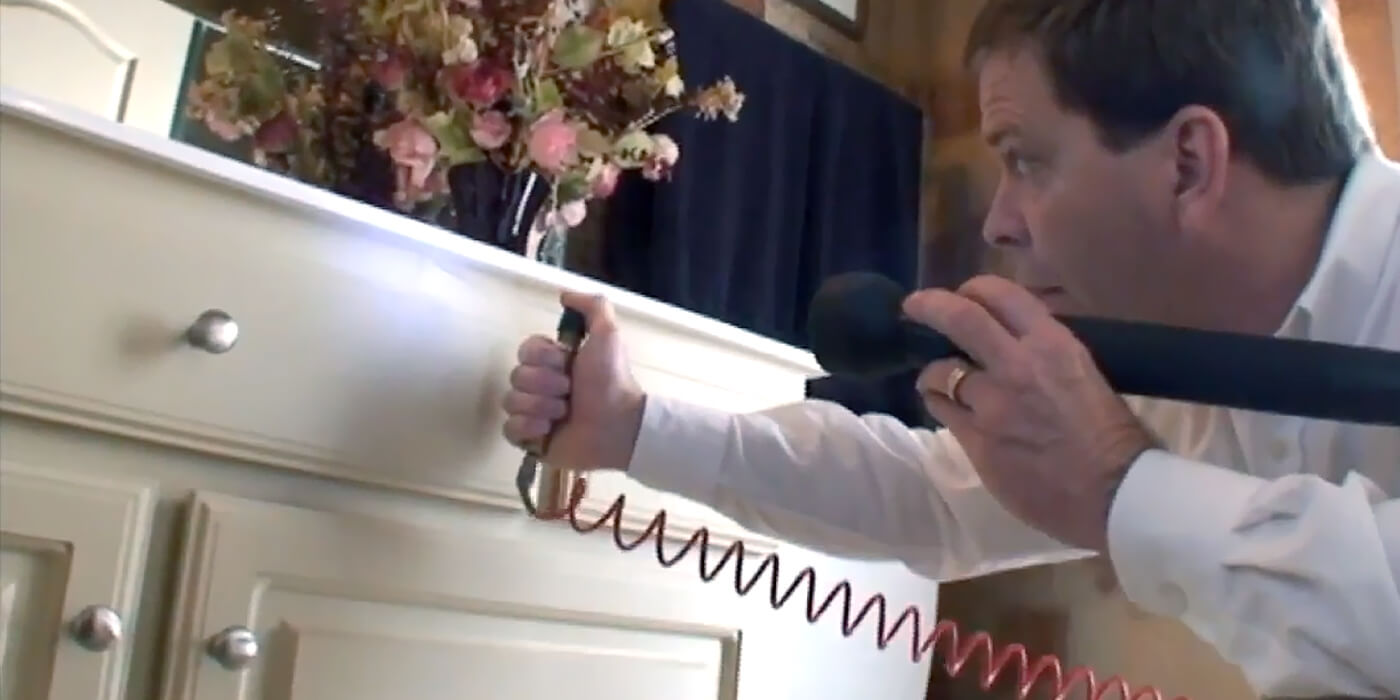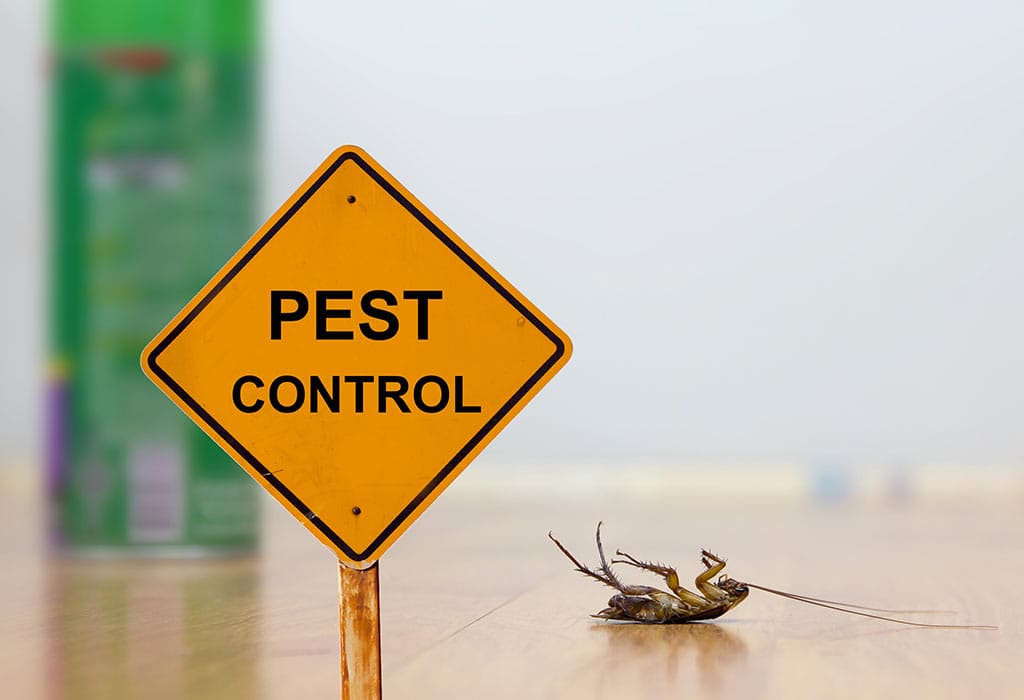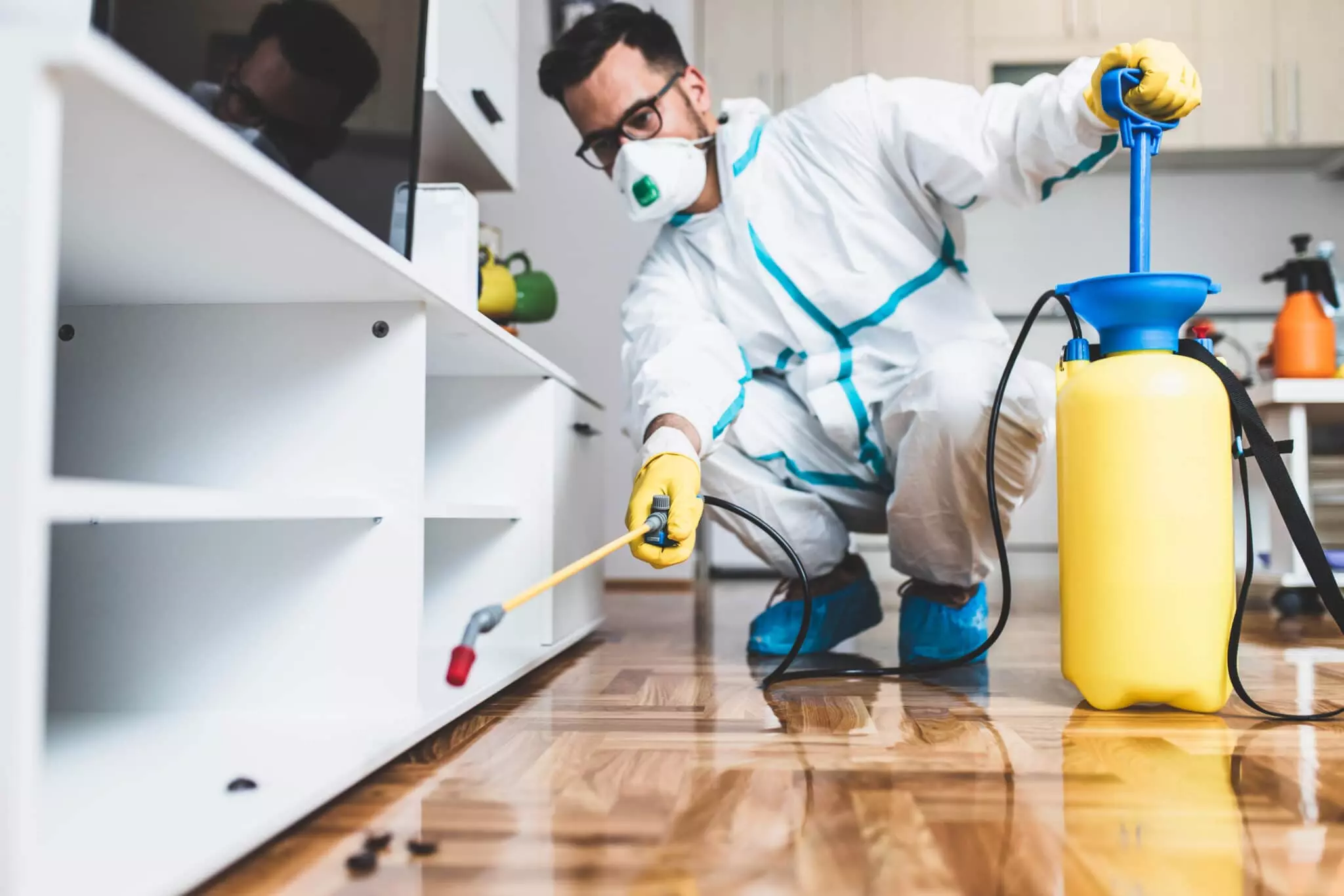Say Goodbye to Unwanted Visitors: Orem Pest Control at Your Service
Wiki Article
An Understanding Into Different Kinds Of Insect Control Provider Available in the Market
In the realm of insect control solutions, a varied variety of approaches exists to resolve the relentless obstacle of handling undesirable trespassers. From standard chemical sprays to ingenious biological controls, the market uses a range of remedies created to suit numerous demands and choices. As insects remain to adapt and evolve, the necessity for sustainable and reliable bug control measures ends up being significantly critical. Comprehending the nuances of each kind of bug control service can be not only informing but additionally essential for preserving a harmonious conjunction with the environment and the creatures that inhabit it.Chemical Sprays
Chemical sprays are typically made use of in bug control solutions to properly get rid of and stop infestations. These sprays contain various chemicals that target particular pests, such as rats, termites, or bugs. The energetic components in these sprays work by interfering with the bugs' anxious systems, creating paralysis or death upon contact.Professional insect control solutions employ trained specialists who comprehend the correct application of chemical sprays to make sure maximum effectiveness while reducing threats to people, pet dogs, and the setting. These service technicians carry out complete assessments to determine the sort of parasite invasion and figure out one of the most appropriate spray to attend to the trouble.
Among the primary benefits of utilizing chemical sprays in parasite control is their ability to give instant outcomes. When used, the spray starts functioning rapidly, lowering the population of bugs in a prompt manner. Additionally, chemical sprays can use lasting defense versus future infestations when applied on a regular basis as part of a thorough pest administration strategy.
Biological Control

Classical organic control involves introducing natural enemies of the bug types into the setting. These natural adversaries, such as killers, pathogens, or parasites, aid manage pest populations by preying on or contaminating them. This approach is commonly used for long-lasting insect monitoring and establishing a natural equilibrium in the ecosystem.
On the various other hand, augmentative biological control entails launching huge numbers of advantageous organisms, such as predacious bugs or nematodes, to control existing pest populaces. This technique is extra immediate and can be especially useful in agricultural setups to attend to present pest invasions.
Organic control methods are favored for their eco-friendly nature, very little effect on non-target types, and lowered chemical pesticide usage, making them a sustainable bug monitoring alternative for various sectors.
Traps and Baits

On the other hand, lures are compounds used to bring in pests to a particular area for control functions. Baits can be infected or non-poisoned, with infected lures being generally utilized for pests like ants, cockroaches, and rats. Non-poisoned lures are often made use of combined with catches to lure insects into the catch for capture. Proper positioning and option of catches and pop over to these guys lures are essential for their effectiveness, making them useful devices in integrated bug monitoring methods. By understanding the actions of the target bug, insect control experts can successfully use catches and lures to handle pest problems effectively - Orem Pest Control.
Integrated Parasite Monitoring
Integrated Insect Administration (IPM) is an extensive technique that integrates various pest control strategies to successfully take care of and get rid of insects while lessening ecological effect. IPM concentrates on long-term prevention approaches by thinking about the biology and behavior of pests, in addition to the specific setting in which they exist. This technique incorporates a selection of pest control techniques such as biological control, habitat control, modification of cultural methods, and the use of resistant crop varieties.Among the essential concepts of IPM is to focus on non-chemical insect control techniques whenever possible. This might include utilizing all-natural killers to regulate pest populaces or applying physical barriers to protect against invasions. Chemical chemicals are used as a last resource and are used sensibly to reduce injury to non-target organisms and the surrounding environment.
Warm Therapy
As a complementary approach to Integrated Pest Administration techniques, warmth therapy is a targeted technique that utilizes the power of high temperatures to get rid of insects successfully and effectively. This approach is specifically valuable in getting rid of bed pests, termites, and other insects that may be hiding in hard-to-reach areas within a structure. By increasing the ambient temperature level to levels that are lethal to the bugs but risk-free for the structure, heat treatment can penetrate fractures, crevices, and furniture where traditional pesticides might not reach.One of the vital advantages of heat treatment is that it is chemical-free, making it a safe and ecologically pleasant option for parasite control. In addition, heat treatment is understood for its ability to go to these guys supply fast outcomes, frequently resolving pest infestations in a solitary therapy session.
Final Thought

 Having dealt with the efficacy of chemical sprays in parasite control solutions, the focus now shifts to biological control techniques as a lasting option for handling pest infestations. Traps and lures are vital devices in insect control solutions, providing targeted remedies for specific parasites. By comprehending the actions of the target parasite, pest control experts can effectively use traps and lures to handle bug problems efficiently.
Having dealt with the efficacy of chemical sprays in parasite control solutions, the focus now shifts to biological control techniques as a lasting option for handling pest infestations. Traps and lures are vital devices in insect control solutions, providing targeted remedies for specific parasites. By comprehending the actions of the target parasite, pest control experts can effectively use traps and lures to handle bug problems efficiently.Integrated Parasite Management (IPM) is a detailed strategy that incorporates different bug control techniques to efficiently handle and get rid of pests while decreasing environmental effect.In conclusion, various kinds of insect control services are readily available in the market to attend to different insect problems.
Report this wiki page